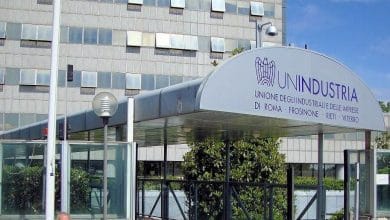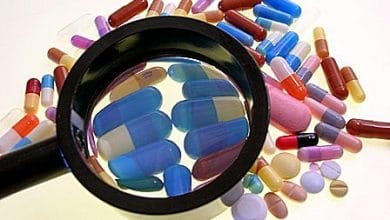
In Italy, process innovation is mainly done: there are thousands of versions (formulations, enrichments, dosages, etc.) of a molecule that cures, developed elsewhere
BY DANIELA MINERVA – 11 March 2015 – L'ESPRESSO
Let's start by saying that finding a new medicine, one that heals the sick and boosts turnover, has a frightening cost: 2.6 billion dollars, is the estimate of Tufts University. Which cover research, increasingly complex trials and failures, because there are few molecules that survive clinical trials and really land on the market. Then, whoever finds a truly innovative drug in hand, those 2.6 billion will repay them in an instant: let's think that in 2014 the new cure for hepatitis C sold, and only in the USA, for 7.6 billion.
The dimensions of pharmaceutical research are impressive: 141 billion spent last year by industries which, however, collected around 750 billion. Obviously none of the Italian mini-pharma has the shooting power to compete. The portrait of the sector traced in these pages tells of the growth and successes of an industry that produces large-scale drugs often conceived and studied elsewhere. How much this will impact on the future of the aforementioned sector remains to be seen. But it is a certainty that we are and remain a country of extraordinary copiers.
On the other hand this is our story, with few exceptions. From the mid-nineteenth century when the German chemical industries were innovating, to the early twentieth century of English penicillin. All the way up to the unfortunate laws of the eighties, when, with the methods revealed by Sanitopoli, the industrialists convinced the politicians to lengthen the duration of the patent and assure them dizzying profits, with the NHS overpaying for drugs discovered abroad but sold in Italy by Italian companies. Facts about the past aside, what matters is that over the decades our production capacity has refined.

And if some brilliant scientist discovers one that has serious therapeutic potential, he hastens to sell it to a Big Pharma: the procedures to verify the product and place it in the hearts of doctors all over the world are too complex and expensive. Made in Italy stops there. So, we slipped to the bottom. And there are no Italians among the top companies that take care of the world: American, Swiss, French, Japanese, German and even Israeli.
Related news: Medicines, that's why going abroad is also good for our factories





